In the realm of artificial intelligence, few developments have captured the imagination and sparked widespread discussions as much as OpenAI’s ChatGPT. This cutting-edge language model has revolutionized the way we interact with AI, allowing us to engage in seamless conversations, seek answers to complex questions, and even receive creative suggestions. However, harnessing the true potential of ChatGPT and achieving expert-level proficiency requires more than mere interaction—it demands a comprehensive understanding of prompt engineering. Keep reading to learn more about Mastering ChatGPT and Prompt Engineering.
Key Terms in ChatGPT
- Prompt: The question or statement given to ChatGPT.
- Tokens: A piece of writing that ChatGPT reads.
- Temperature: A setting that determines randomness.
- Max tokens: The maximum length of the generated responce.
Key Use Cases and Prompts
- Content creation: “Write a blog post about the health benefits of exercise.”
- Programming help: “Write a Python function to sort a list.”
- Learning: “Explain the theory of relativity.”
Key Features of ChatGPT
- Human-like text generation.
- Multi-language support.
- Customizable text outputs.
- Inference speed options.
Understanding Tones
- Single-turn tasks: Simple Q&A or command
- Multi-turn tasks: Dialogues and conversations
- User role: Specifies user’s information and behavior
- Assistant role: Specifies assistant’s behavior
Top Prompt Engineering Tools
- FlowGPT: A free and advanced tool for prompt engineering.
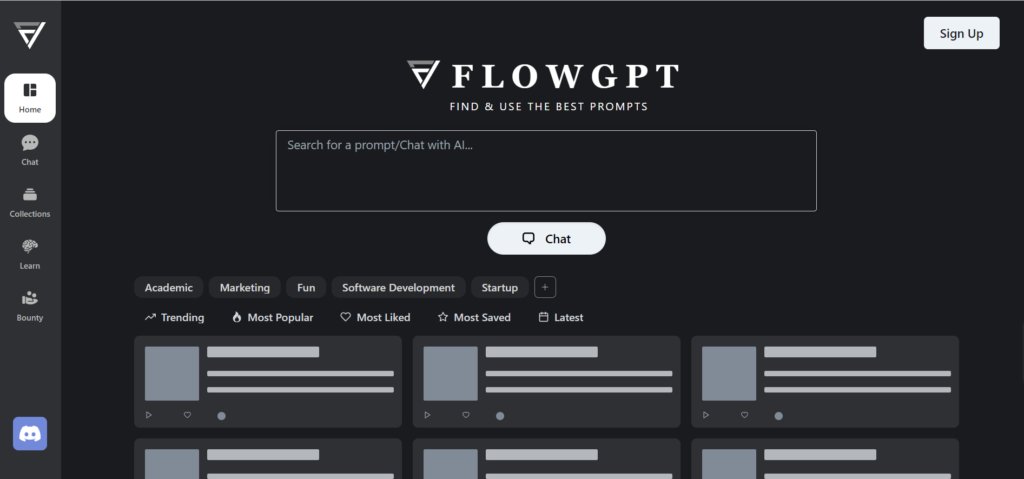
- PrompBase: A paid service offering high-quality prompts.
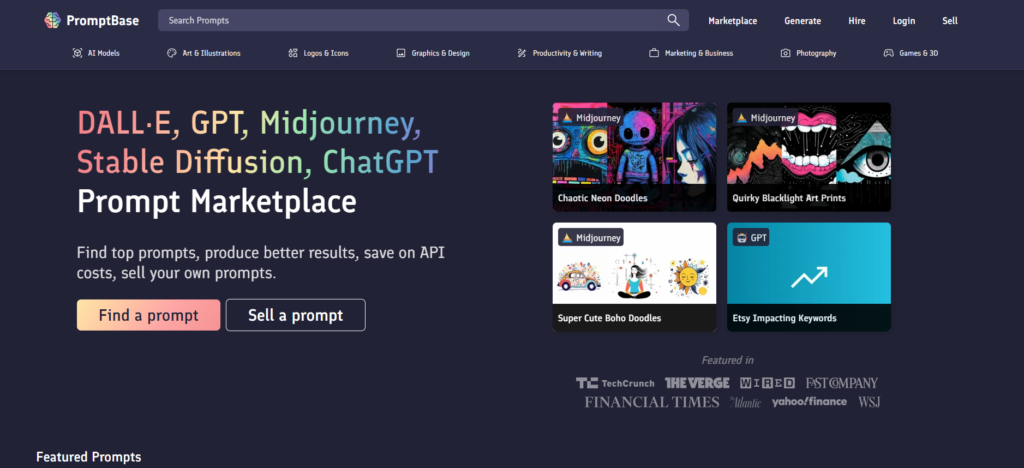
- ChatX.ai: A platform to improve conversational AI skills.

- Awesome ChatGPT Prompts: A collection of effective prompts.
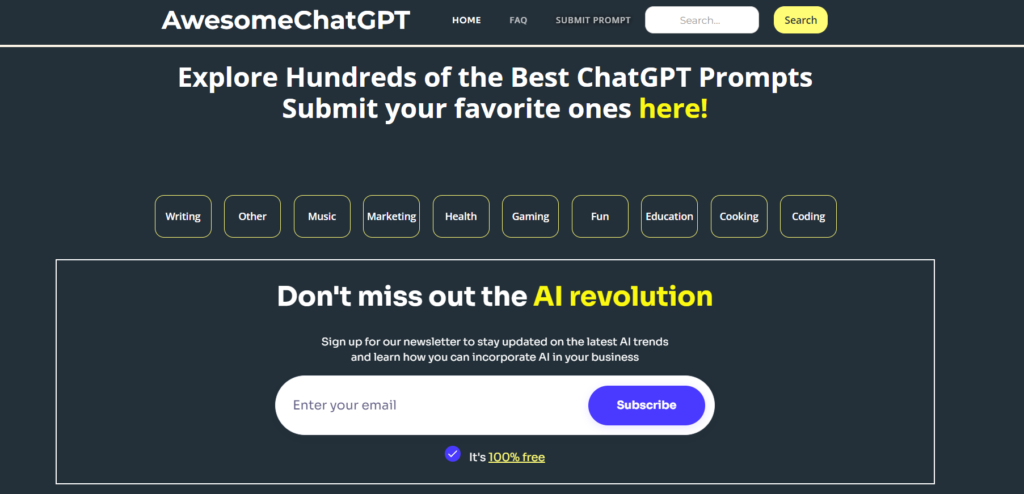
Subscribe for the latest news & updates.

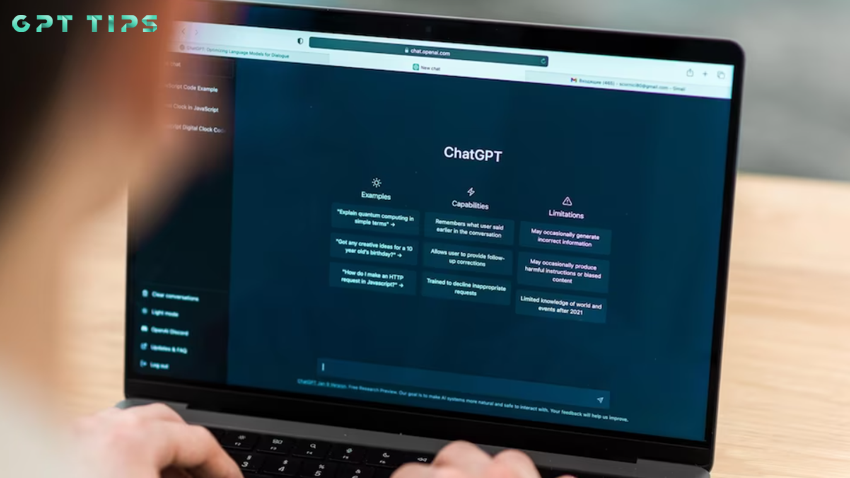

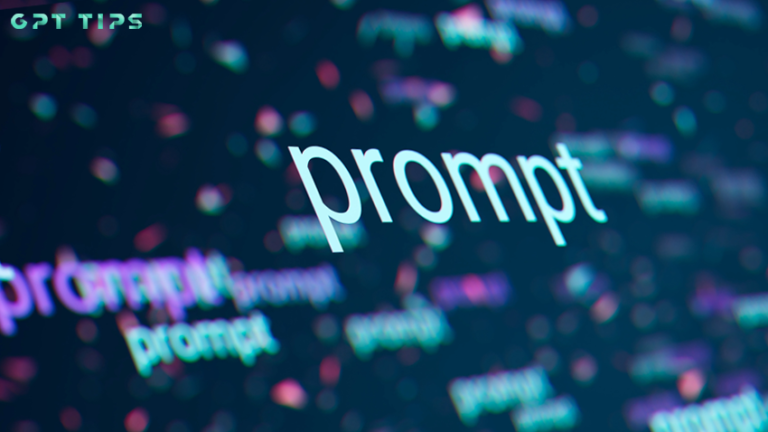

Leave a Comment